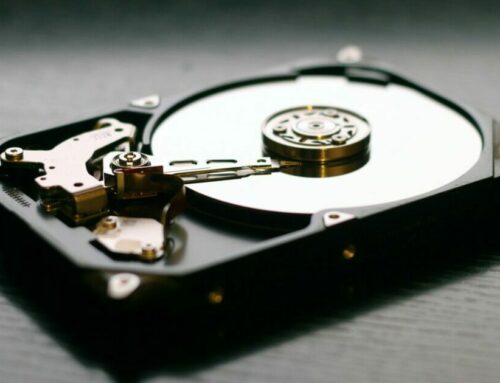Most of the systems administrators and other tech experts we know are “early adopters” who like to have the latest technology available. For many of our customers, however, when it’s time to invest in a new server, budget restraints can mean that the most advanced tech isn’t always within reach. This may prevent some companies from investing in a client-server model or upgrading existing servers even when it would benefit the business to do so. Often, managers don’t realize that there may be lower-cost server options that offer better performance and reliability than their existing equipment.
Server performance is critical, so it’s understandable to want to choose the best option available to you. The good news is that even companies that can’t afford to invest in the most cutting-edge new infrastructure don’t have to be concerned about being left behind. Refurbished servers can be a great option for those who need reliable performance on a limited budget.
New or Refurbished? First Assess Your Server Needs
Whether you’re investing in your organization’s first server or looking to upgrade or replace existing equipment, the first step in your selection process will be to assess your business needs. Consider the following:
Applications: Are you primarily looking for a solution for file sharing and backup? Or do you need to run bigger applications like email or databases and programs that use more processing power? Get a clear picture of what applications your server will need to run.
Number of users: How many users do you currently have, and how do you expect this number to change over time? You may be in a business that is growing quickly and so your new server will require more power. Or, if organizational changes mean fewer people will be relying on the network, consider what that will mean for your selection as well. Also note whether remote access is something your server needs to enable, and the number of remote users that it must support.
Storage and memory: How much storage capacity and memory do you require? Make sure these are sufficient and scalable for your expected business growth during the life of the equipment.
Once you have a clear picture of the business needs your new server must meet, you can align those with the available technology. A Summit representative may be able to recommend a quality refurbished server that offers significantly better performance than your existing equipment without breaking the budget.
Refurbished Server Advantages
For some companies, new equipment will of course still be the best choice. But rapid technological advances can mean that even tech that’s a few years old can meet your business needs. Advantages of refurbished servers include:
Cost savings: As you would expect, refurbished servers offer cost advantages over new ones – sometimes up to 90%.
Performance: Summit’s refurbished equipment is extensively evaluated and tested to ensure that it will perform reliably. Sometimes, equipment sold as refurbished is in fact unused, but was returned by previous purchasers whose needs changed. Or perhaps the equipment sustained only cosmetic damage or damage to the packaging in transit.
Excellent warranty: Summit provides an outstanding warranty on HP, Dell and Lenovo server, and a lifetime warranty on Cisco equipment.
Environmental benefits: For those companies whose strategy includes sustainability goals, purchasing refurbished equipment is an environmentally friendly option that keeps product in circulation while reducing manufacturing resources.
Summit is a Dell Preferred Partner and a HP Silver partner, and we carry a variety of refurbished options from both. Some of our most-recommended available refurbished servers include the HP DL360 G9, Dell R620, or Dell R720.
Investing in better-performing infrastructure doesn’t need to be out of reach. If you are weighing your options for a new server, Summit reps are always happy to discuss your business needs and provide recommendations that will fit your budget. Contact our team with questions or to request a quote.






